As I watched Madisyn Avery, a rising senior at Tougaloo College, share her story about growing up in a town where she rarely, if ever, saw a White person, something stirred deep in my bones. We sat mere feet from one another, but at that moment, I felt an even deeper connection to her because I knew what it meant to enter a world where you have to “learn and teach yourself how to adapt,” as Madisyn described it. She likened it to a shock to her system, and I am quite familiar with that feeling. It echoed through everything I did.
I grew up in a small rural Mississippi town. My world was made up of Black faces, Black voices, Black rhythms. I went to school with kids who shared my skin tone. I was taught by teachers who had a deep, and sometimes painful, understanding of what it meant to be Black in the South. My school, my neighborhood, my church — all Black. I never had to question where I belonged.
So when a White girl joined my first-grade class, I didn’t know what to do with all the questions that flooded my thoughts like the banks of a river after heavy rains. She was the first White person I had ever spoken to, the first who sat beside me in a classroom.
And through my relationship with Mary (not her real name), I began learning about race — even if I couldn’t yet name it.
I couldn’t put a name to why it seemed Mary didn’t have to try as hard as the rest of us. It was like everything came to her more easily. She was treated differently, not by us, her classmates, but by the systems we were all sitting inside of.
Mary received more encouragement and guidance without having to ask. When she got in trouble, her punishments were far less severe, and her mistakes were often “excused,” while my melanated classmates and I faced stricter consequences for similar behavior. I didn’t understand what White privilege was back then, but I could feel it. I knew she didn’t have to work twice as hard to be seen.
I remember the quiet jealousy I felt — the quiet anger. I felt the sting of something I couldn’t yet name. I was just a little girl, but something in me understood: life wouldn’t be as easy for me.
My parents always wanted me to see more than the borders of our small town. They took me on trips across states and exposed me to other communities and cultures. But even in those moments of exploration, I didn’t realize how protected I had been until we moved.
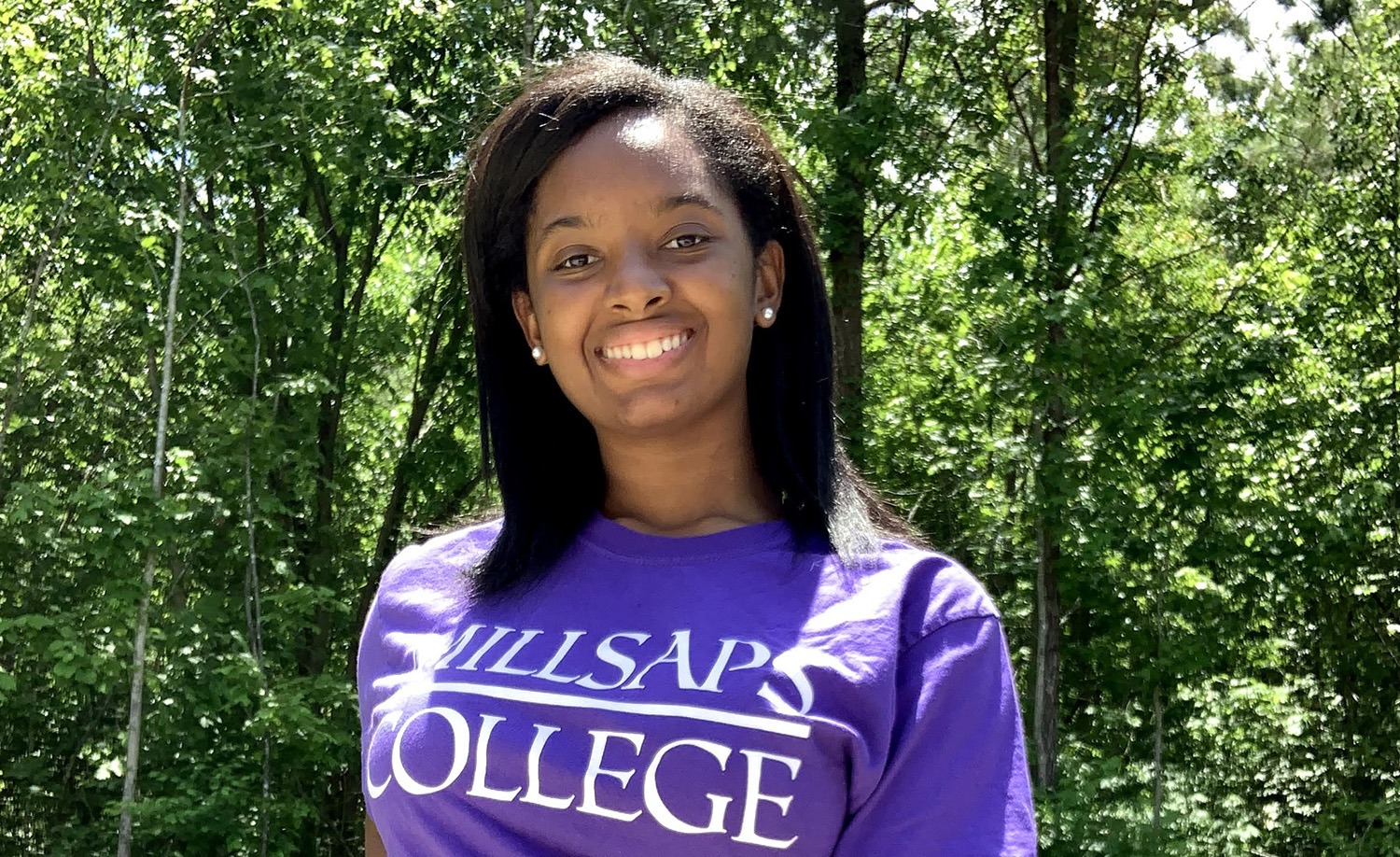
First to Byram, Mississippi. Then to Brandon, Mississippi. Each move brought more White classmates, more White teachers, more exposure to a world where I was the one who was different.
In Brandon, everything shifted.
For the first time, I was in a predominantly White school. I was surrounded by people who didn’t look like me. Who didn’t think like me. Who had never had to navigate life the way I had. And suddenly, I was learning to adapt in ways I didn’t have a name for.
At school, I softened my tone. I changed how I spoke. I kept things light so I wouldn’t be “too much.” At home, I was surrounded by Black family, Black traditions, Black truth. A family that told me, “White folks don’t see us the same.”
I felt seen when Ka’Mya Williams, a recent graduate of Jackson State University, talked about her experience with racism at her school in Richland. How she “didn’t think racism existed anymore” before moving to Richland. Much like Ka’Mya, I was blissfully unaware of racism because I thought it was a thing of the past. Until it wasn’t. Until it appeared. Loudly. Visibly. Personally.
It knocked the wind out of me.
With racial slurs.
And n-words with a hard “r.”
And being called a monkey.
And seeing my Asian friend ridiculed.
And having my concerns and complaints ignored by the school that was supposed to be teaching me, protecting me.
And having that school push me back, push me away and shut me down.
That was the moment I learned: racism hadn’t ended. It had just learned how to blend in.
It left a scar. One I didn’t talk about for a long time.
And for years, I only felt safe talking about it with people who looked like me. It wasn’t until I got to college, another predominantly White space, that I started to push past the fear.
I started to name it.
The offhand jokes.
The “you’re so articulate” or “you sound so proper” comments.
The back-handed comments that attacked my Blackness.
The unchecked privilege of my peers.
The way they appropriated Black culture without understanding its history or significance.
The casual use of stereotypes in conversations, unaware or indifferent to the harm they caused.
The constant debate over who could say the n-word—and why it mattered.
The expectation that I would educate them about racism while they remained passive.
And in naming it, I started to heal.
As I sat and listened to Kayley Stegall, a recent Millsaps College graduate, talk about her family — their beliefs, their assumptions — I felt proud, not just of what she said, but of who she is. Kayley has always been bold in the face of discomfort. She doesn’t shrink herself to make others more comfortable. She speaks up, even when it’s hard.
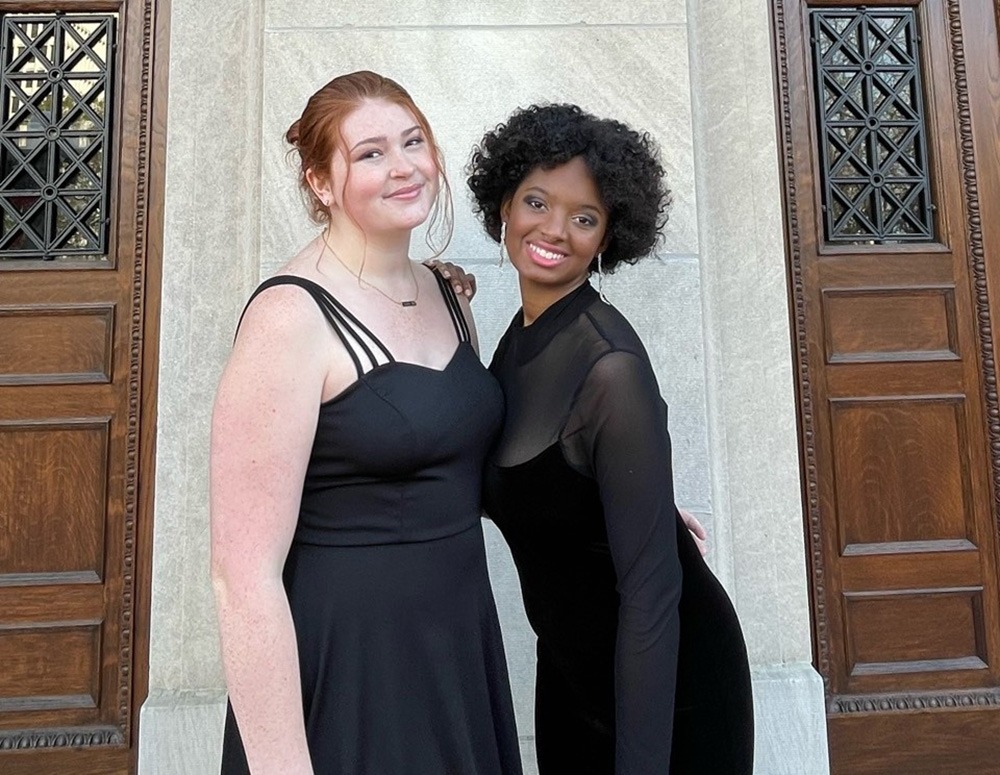
She’s not just someone I met through this work. She’s a friend. A sorority sister. A bridesmaid in my wedding. She’s someone who’s walked alongside me in more ways than one. Her presence has always made me feel seen, and her support gave me the courage to speak up in rooms where I once stayed quiet.
So when she said, “I’m teaching them how to move forward,” I felt that. I saw the weight of that work and the love behind it. The conversation between her, Ka’Mya and Madisyn gave me hope.
Because that’s how change happens.
In homes. In quiet conversations. Around dinner tables.
We don’t just heal ourselves. We pass the healing forward.
This journey, this COMMON GOOD JXN campaign, has made me reflect deeply on my own racial healing.
It’s taught me that these conversations aren’t just important. They’re urgent.
They’re how we confront silence.
How we challenge comfort.
How we grow.
Yes. We keep showing up.
We keep speaking.
We keep learning.
We keep naming it.
Because that’s where healing begins.
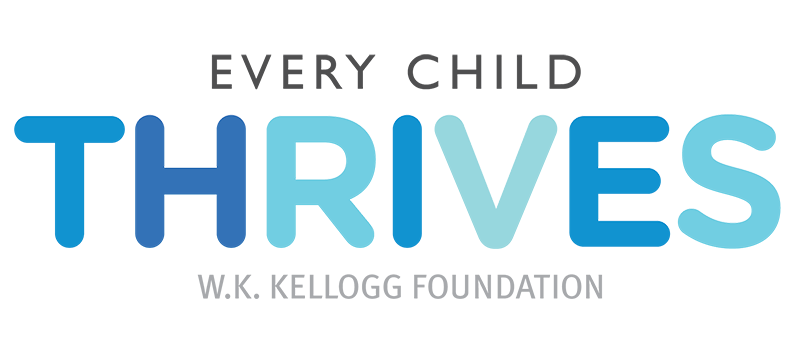
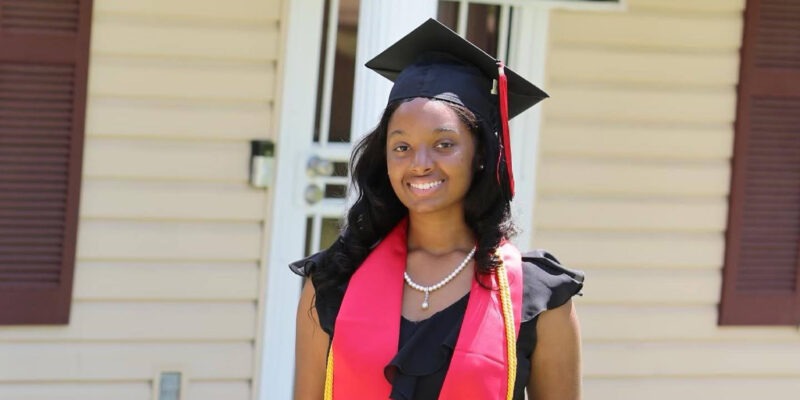
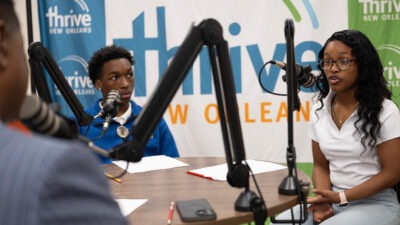
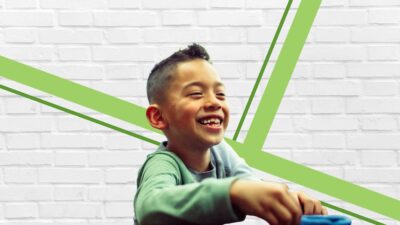
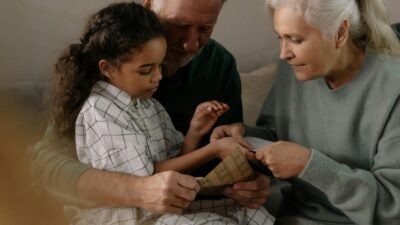
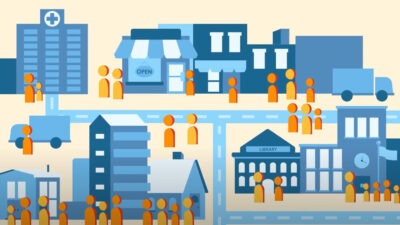
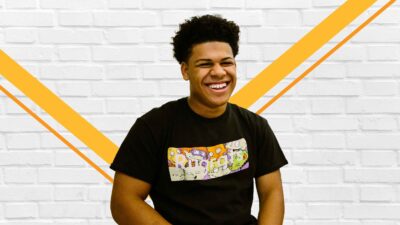

Comments